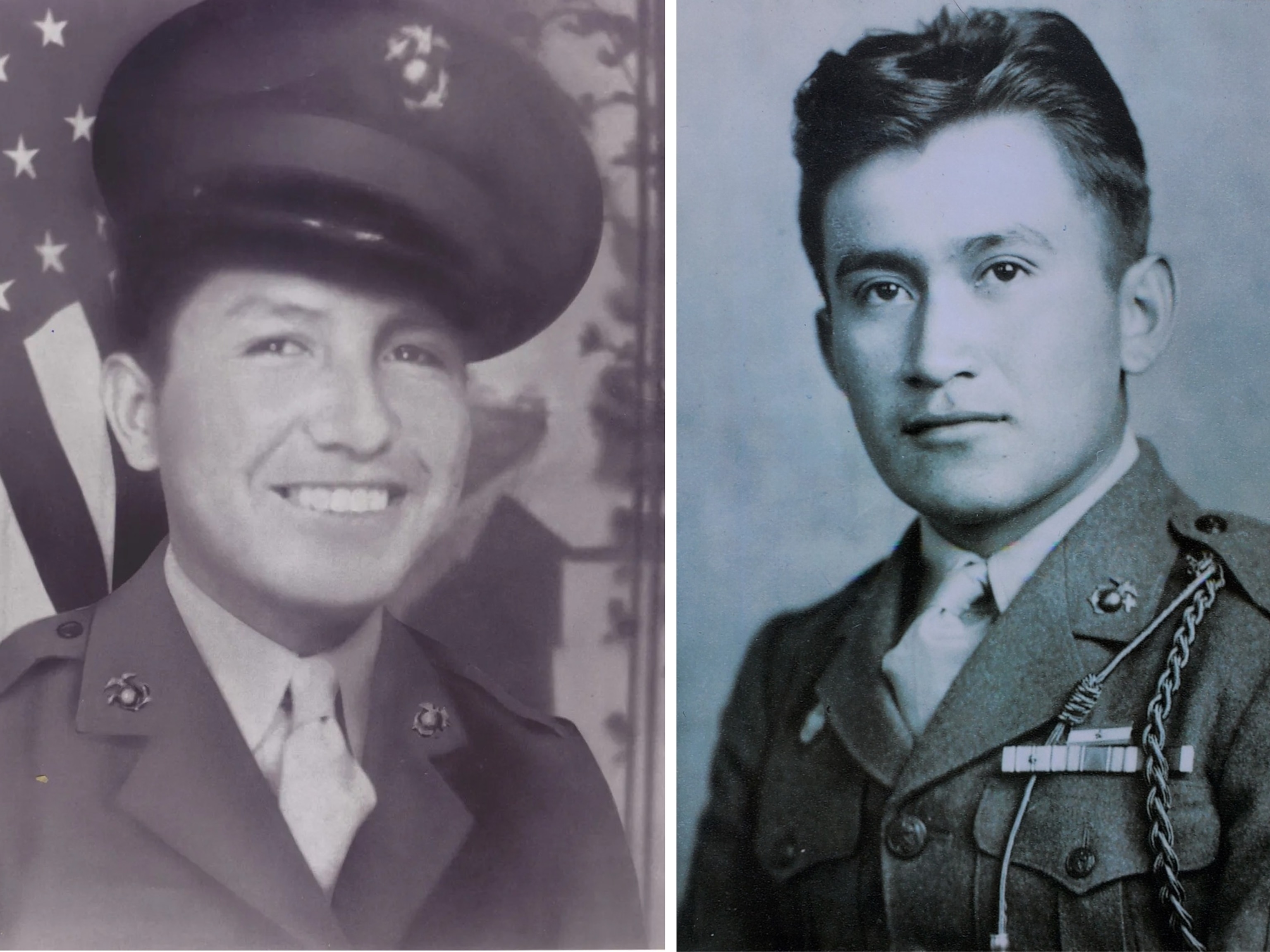
The inside story of how a 'band of misfits' saved Lego
Facing bankruptcy in 2003, the Danish toymaker finally learned to love its adult fans.
When executives at toymaker Lego first learned that adults were buying large quantities of their interlocking plastic bricks and getting together to build Lego creations of their own, "they thought it was very strange,” says Paal Smith-Meyer.
“Before the late 1990s, the company didn’t think their adult fans had value,” says Smith-Meyer, who held a variety of senior posts at Lego from 2000 to 2014. “Leadership actually thought [adults] were detracting from the brand.”
Thanks to a handful of employees who worked to change attitudes inside the company, Lego is no longer embarrassed by its adult fans. Gone are the days when labels on Lego boxes stated that the contents were appropriate only for boys ages 7 to 12. The bygone slogans "Just Imagine..." and "Play On" have been eclipsed by Lego's newest marketing motto: "Adults Welcome." Even superstar athletes and entertainers like Ed Sheeran, Dwight Howard, and David Beckham boast openly about their affinity for Lego building sets.

Today Lego is the world’s largest and most profitable toymaker. The Lego brick was named “Toy of the Century” in 1999, and in 2014 Time magazine crowned it the “Most Influential Toy of All Time,” ahead of Barbie, G.I. Joe, and the Easy Bake Oven.
The enthusiasm and buying power of Adult Fans of Lego—or AFOLs, as they’re known in the industry—played a major role in the company’s rise to the top. But insiders say the road from “kids only” to “adults welcome” was a long, uphill climb.
For kids only
Lego founder Ole Kirk Kristiansen always knew he wanted to market his products exclusively to kids. When he started The Lego Group in 1932, Kristiansen made wooden toys that were “very much intended for children, including a pull-along duck, a racing car, and a piggy bank,” says Lego historian Sarah Herman, author of A Million Little Bricks: The Unofficial History of the Lego Phenomenon.
In 1946 Kristiansen bought an injection molding machine and began making plastic toys. In 1958 he and his son Godtfred developed the first stud-and-tube coupling bricks, the basic design of which has changed little over the years. (They're even compatible with bricks made today.)
As the company grew over its first six decades, few imagined that its products could appeal as much to adults as to children. “I don't think it was the company's intention to exclude adults in the early days,” says toy historian Christopher Byrne. “I just don't think it ever occurred to them.”
Even so, AFOLs were having a dramatic impact on Lego’s bottom line years before the company recognized their value. Two decades ago, when Lego began making licensed sets inspired by hit movies like Star Wars and Harry Potter, it was adult fans who snatched up most of the merchandise.
At one point, adults made up 70 percent of the customers buying Lego Mindstorms, programmable robots then touted by Wired magazine as “Lego’s all-time best-selling product.” AFOLs were also organizing unofficial Lego fan conventions and networking in online user groups.
Despite the benefits AFOLs brought to the brand, executives at the company's corporate offices in Billund, Denmark had little interest in catering to adult customers. As fan mail and product ideas poured in from AFOLs around the world, the company posted its off-putting position: “We don’t accept unsolicited ideas.”
“Adult fans were often seen as a source of irritation,” says Jake McKee, a Lego executive from 2000 to 2006 who oversaw the company’s Global Community Development team.
Dark days lead to dawn
Attitudes began to shift in the late 1990s and early 2000s when the once-invulnerable toymaker started to flounder. Lego posted its first-ever loss in 1998. By 2003, when it reported a $238 million loss, the company was looking seriously at bankruptcy. “Those were Lego's dark days,” McKee says.
The company's struggles began when it ventured too far into endeavors that had little to do with its trademark toy, including a clothing line, amusement parks, video games, even Lego-branded jewelry. “The thinking was that people valued the Lego brand more than the Lego product," Smith-Meyer says.
What's more, the Lego sets then coming out of factories had been dramatically simplified so that customers could “skip the build experience and get straight to the play experience,” McKee explains. The move made the sets so unrecognizable that customers were asking for directions to the Lego aisle while standing in the middle of the Lego aisle, one retailer reported.
“It’s problematic when you have a timeless product in an industry that's all about innovation,” says filmmaker Daniel Junge, director of 2014’s A Lego Brickumentary. “Difficulties arose when Lego tried to innovate in all the wrong places.”
The one upside of the company’s identity crisis was that executives finally started listening to AFOLs and their allies inside the company.
“For years I'd been pounding away with the same message that we needed to start paying attention to our adult customers,” McKee says. “The company had a goldmine of opportunities right in front of them; they just didn't know it yet.”
In addition to Smith-Meyer and McKee, AFOL advocates inside Lego included Brad Justus, Tormod Askildsen, and a few others. “We were a band of misfits, because no creative director really wanted to do what we wanted to do,” Smith-Meyer says. “After the crisis, we were finally set free.”
When design budgets were cut in the wake of the crisis, "Everyone suddenly wanted to see what designs I'd been working on with adult fans,” McKee says. Ditto for the marketing team after its advertising budget was slashed. “Lego was forced into grassroots marketing because they didn't know how else to get the message out about new products and events.”
At last Lego started paying attention to the masses of people attending unofficial fan conventions around the world, as well as to the staggering number of AFOLs gathering on online user groups. Executives began to realize they had multitudes of passionate Lego fans, many with unique skillsets, they could tap for design ideas, software engineering, marketing needs, even new Lego themes. The company formed an AFOL Engagement Team and started actively courting adult aficionados.
Building trust
But the ice didn’t thaw overnight, McKee says. “For years, our fans had been organizing everything all on their own, without our support. There was a lot of skepticism in the early days of outreach.”
Christina Hitchcock, who organized the first Lego convention in the summer of 2000, said that on top of feeling ignored and slighted, some convention attendees also “felt socially isolated because of their hobby,” and initially were “afraid of being rejected in some way by the one company whose product gave them such joy.”
To assuage such fears, Lego invited Hitchcock and two other convention organizers to Billund to meet with company leaders, who in turn started attending major fan conventions—often with large quantities of Legos in tow.
The process of rapprochement reached a milestone in August 2005 when Lego CEO Jorgen Vig Knudstorp attended a fan convention and saw for himself the sea of adult supporters. “I can't describe the energy in the room when the CEO of Lego stood on the stage saying, 'I see a future where we will be working more closely together,’” Smith-Meyer recalls.
The budding partnership would eventually produce some of the company’s most popular and profitable themes and endeavors, including Lego Creator, Lego’s Ambassador Network and VIP program, Lego League, and the company’s first-ever official fan convention: 2021’s Lego Con.
Within a few years anyone could submit a set idea and, if it received enough support from fans, the company would produce it. The fan-inspired Lego Ideas line now includes a Big Bang Theory set and Back to the Future's DeLorean Time Machine.
Fan conventions also became prime recruiting grounds for new talent. Notable AFOL recruits include designer Jamie Berard and Chicago architect Adam Reed Tucker.
Berard joined the company in 2005 and has designed many of the most sought-after Lego sets and themes, including seasonal sets, train sets, and Lego's modular series. “Jamie is like a superstar in the world of Lego today,” filmmaker Junge says.
Tucker began collaborating with Lego in 2007 as a conceiver and co-developer of Lego Architecture, a popular product line that includes iconic structures like the White House, the Leaning Tower of Pisa, and the Sydney Opera House. Tucker also became a keynote speaker for Lego Education and one of the earliest contributors to Lego's Master Builder program, the team in charge of building life-size Lego sculptures all over the world.
Like many AFOLs, Tucker fell under the spell of Legos early in life. “The fondest memories I have when I was a young boy was the ability to use my creativity in three dimensions without the use of cutting or gluing,” he says. The Lego brick was “the perfect medium” to design art and foster creativity.
Like Tucker, McKee recognized that the appeal and potential of Legos extended far beyond play. “If I succeeded at nothing else during my time at Lego,” he says, “I hope I at least helped people see that Lego is more than a toy, but a creative medium, like pencils or watercolors that people could use to design and create art.”
McKee envisioned a day when Lego offered something for everyone, regardless of their age: a vase of plastic flowers on a desk, a cityscape of London on a shelf, or portraits of The Beatles hanging on a wall—each a work of art made entirely of Legos.
“I walked into Target recently and saw three generations of men, all of them standing in the Lego aisle looking at vastly different Lego building products,” McKee says. At that moment, he knew his efforts had paid off.
“Lego used to treat their adult customers like commodities; today, they treat them like partners," McKee says. “If you went to anyone in the company now and said Lego should cut back on AFOL engagement, they'd run you out of town.”








